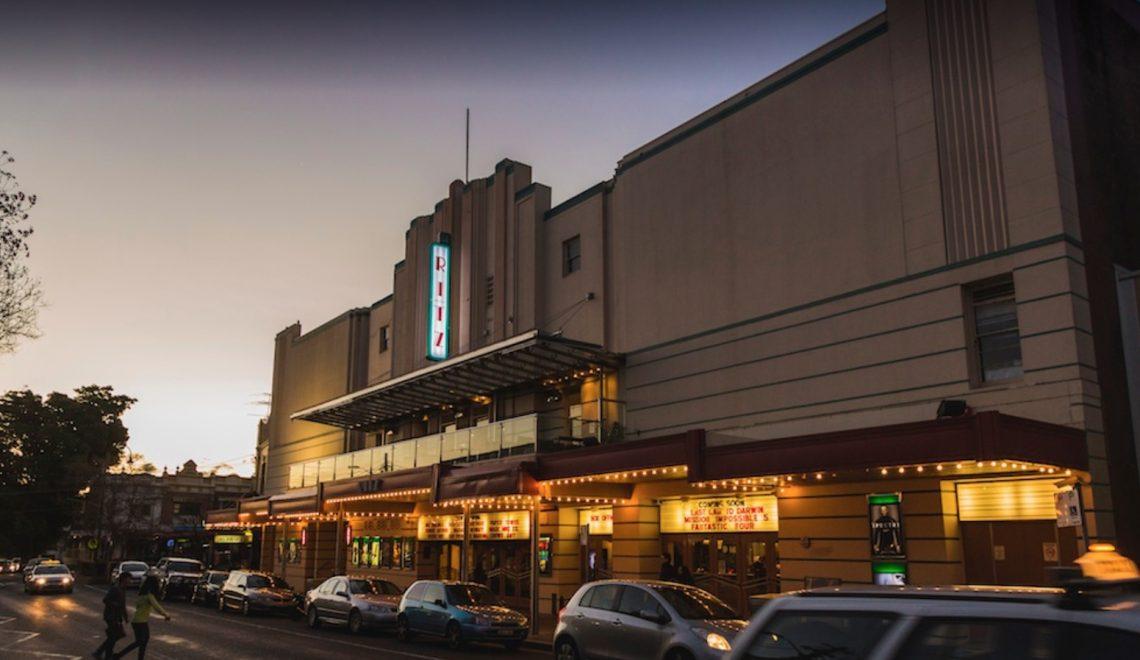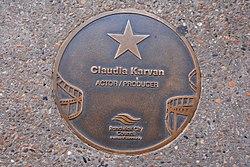
The Ritz Cinema, also known as the Ritz Theatre, is a heritage-listed art deco cinema located at 43 St Pauls Street in Randwick, a suburb in Sydney’s eastern suburbs. Designed by noted architect Aaron Bolot and built in 1937 by C. & B. J. Williams, the cinema is celebrated for its distinctive Inter-war Art Deco style. It was officially added to the New South Wales State Heritage Register on 2 April 1999.
Indigenous and Colonial Roots
Before European settlement, the Randwick area was home to Aboriginal people who used the land for fishing and cultural practices. The region is rich in evidence of this past, with remaining rock engravings, middens, and grinding grooves. The Cadigal people, who spoke Dharug, lived in the area between Port Jackson and Botany Bay. By the mid-1800s, colonisation had forced many Indigenous people inland or contributed to their decline due to conflict and disease.
European settlement began in earnest with land grants such as the 1824 grant to Captain Francis Marsh. Randwick’s name was inspired by the town in Gloucestershire, England, and promoted by Simeon Pearce, a key figure in the area’s development. By the mid-19th century, Randwick was formally incorporated as a municipality and became known for its social contrasts, from grand estates to struggling working-class communities in areas like The Spot.
Randwick’s Cinematic Landmark
Architect Aaron Bolot, a Crimean-born Jewish immigrant, was a prominent designer of Sydney’s Art Deco buildings. After graduating in architecture in Brisbane in 1926, Bolot contributed to landmark theatre designs, working with firms like Hollinshed and Gailey and with visionary architect Walter Burley Griffin. He established his own practice in Sydney in 1930.
Bolot designed several cinemas, including the Hoyts Theatre in Goulburn and the Astra in Wyong. In 1937, he designed the Ritz Theatre for Randwick Estate Ltd., while simultaneously working on the Regal Theatre in Gosford. The Ritz remains the last surviving cinema designed by Bolot.
Architecture and Features
The Ritz is built with brick and features a galvanised iron roof supported by steel trusses. It originally seated around 900 patrons. The design reflects the Inter-war Art Deco style, characterised by vertical ribbing, reeding, and a stepped parapet façade. The entrance awning retains its original pressed metal soffit with geometric motifs.
Inside, the curving walls, grand staircase, and stylish lighting add to its visual appeal. The auditorium includes decorative Art Deco lighting, geometric plasterwork, and ornate speaker boxes that flank the screen.
Preservation and Modern Use
Over the decades, the Ritz changed hands, including ownership by Hoyts and the Brigidine Sisters. In the late 1980s, proposals to demolish the cinema were blocked after public and council intervention. A Permanent Conservation Order was placed in 1993, preserving the building. Renovations in the late 1990s added additional cinemas to the original auditorium, allowing it to compete with modern multiplexes.
The Australian Film Walk of Fame
In 2008, the Australian Film Walk of Fame was established outside the Ritz, celebrating notable figures in the Australian film industry. This initiative was supported by Randwick City Council, the Coogee Arts Festival, and The Ritz.
Heritage Significance
The Ritz is one of the few remaining suburban cinemas from the 1930s—the golden age of cinema design in Australia. It exemplifies the transition from French-inspired Art Deco to German expressionist styles of the late 1930s. Unlike the Hollywood-dominated cinema architecture, the Ritz reflects European influences in design and philosophy.
Its aesthetic value lies in its well-preserved interior and exterior, showcasing high-quality craftsmanship of the era. As a social hub, it tells the story of cinema culture in 1930s Australia. Technically, it remains a rare and intact example of 1930s cinema construction, complete with original materials, lighting systems, and acoustic treatments.
The Randwick Ritz stands today not just as a functioning cinema but as a monument to cultural history, architectural excellence, and community legacy.












